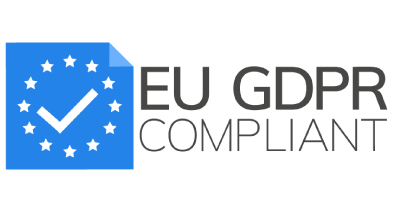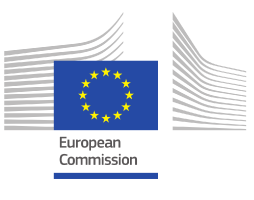On May 4th, the Certino team was fortunate enough to be invited to the May 2022 Bitesize Briefing hosted by the Expat Academy. The event explored the digitisation of HR, what’s driving this shift, and the obstacles professionals face on their transformation journeys. Attendees shared some fascinating insights, a few of which I’ve captured below.
What’s driving the digitisation of HR and global mobility?
Historically, HR and global mobility teams have lagged behind when it comes to digital transformation, but now they’re under increasing pressure to forge ahead. There are several factors driving this shift, including the mass transition to remote working (and other more flexible types of assignments), which means that HR teams are now more reliant on digital technologies to serve and connect with employees.
From a global mobility standpoint, there is also a pressing need to improve the employee experience. Right now, working internationally can be a painful experience for employees. Some will need to liaise with at least 10 different contacts before, during and after their assignment to ensure it runs smoothly. Simply put, this will no longer cut it. Employees are looking for slick, digital experiences and, with the war for talent raging, they’re not going to hang about if they don’t receive them.
HR and global mobility teams are also under increasing pressure to have up-to-date and accurate data. Boards expect HR professionals to have their finger on the pulse of costs and be able to present them at the drop of a hat. This can be extremely difficult when they have data residing in different systems or rely on central service or outsourcing centres. What’s more, the management of these disparate systems is extremely time-consuming, forcing professionals to focus on administrative tasks, rather than value-adding work suited to their skillset. These factors are driving the adoption of cloud-based HR systems that are able to unite an organisation’s data and deliver insights in minutes.
Finally, as the global employment landscape becomes increasingly complex, compliance is becoming a growing headache for HR and global mobility teams. Keeping up to date with international employment laws and multiple cross border tax obligations can be incredibly time consuming. HR and global mobility teams need to delegate this job to technology so that they have time for more strategic and value add work.
What are the barriers to digitisation?
With these advantages on the table, why are HR and global mobility teams still reticent to digitise? Professionals at the event spotlighted several concerns.
First, was the size of the task. Technology can now be applied to so many processes that many HR professionals are struggling to know where to start. Most are not technology experts, and are daunted by the cost, complexity and potential disruption of adopting new solutions and integrating these into their existing technology stacks.
Professionals are also worried about committing to the wrong technology, and being saddled with it indefinitely. Businesses are evolving at breakneck speed, and professionals want to be sure that their chosen solution will have the flexibility and agility to accommodate changing business needs. Ultimately, professionals want simplicity from their chosen tech solution. They want to be able to plug their disparate systems into one platform to centralise their data and streamline their end-to-end processes.
Some also worry that if they adopt too much automation technology, they could find themselves out of a job. This is an understandable fear, but it's not a scenario we see happening. Currently, HR professionals need to spend a lot of time on time-consuming, administrative tasks. We see technology taking on this burden so that they can focus on strategic, value-add work.
We’ll be the first to admit that this seems like a fairly hefty list of obstacles, but are they really as significant as they seem?
How can technology providers help?
Technology providers have an important role to play in helping teams overcome these challenges, so that they can feel the long-term benefits technology can bring.
The first way they can help is by being less of a technology provider, and more of a partner in organisations’ transformation journeys. Providers need to listen to teams and work with them to configure their solution to meet their needs.
Providers can also address perceived challenges around integration by making sure that their solution can be integrated easily with other technologies. This has been a real priority for us and many of our colleagues in the marketplace. Our shadow payroll solution is supported by developer-centricAPIs, making it easy to plug into in-house or other SaaS tools. It’s also designed to be non-disruptive; a piece of automation that can be seamlessly added to the global mobility process within organisations’ existing technology ecosystems, without any real disruption to their day to day operations.
Finally, providers need to design agile solutions, and demonstrate how these can meet organisations' evolving needs and save teams hassle. We have developed a flexible, cloud-based platform, so that it can be updated in line with any legislative changes. This helps our clients remain constantly tax compliant without lifting a finger.
What’s next?
If HR and global mobility professionals can overcome barriers to tech adoption, they’ll find themselves in a new world of opportunity. They’ll save time by eliminating administrative work and improve their own productivity. They’ll also have access to the data insights they need to guide business strategy, and will be able to create compelling employee experiences that make people want to stay at their organisations. It’s up to technology providers to help organisations achieve this ideal.
Find out more about our automated shadow payroll platform by booking a consultation with one of our experienced consultants.

-1.png)
.png)
.png)




